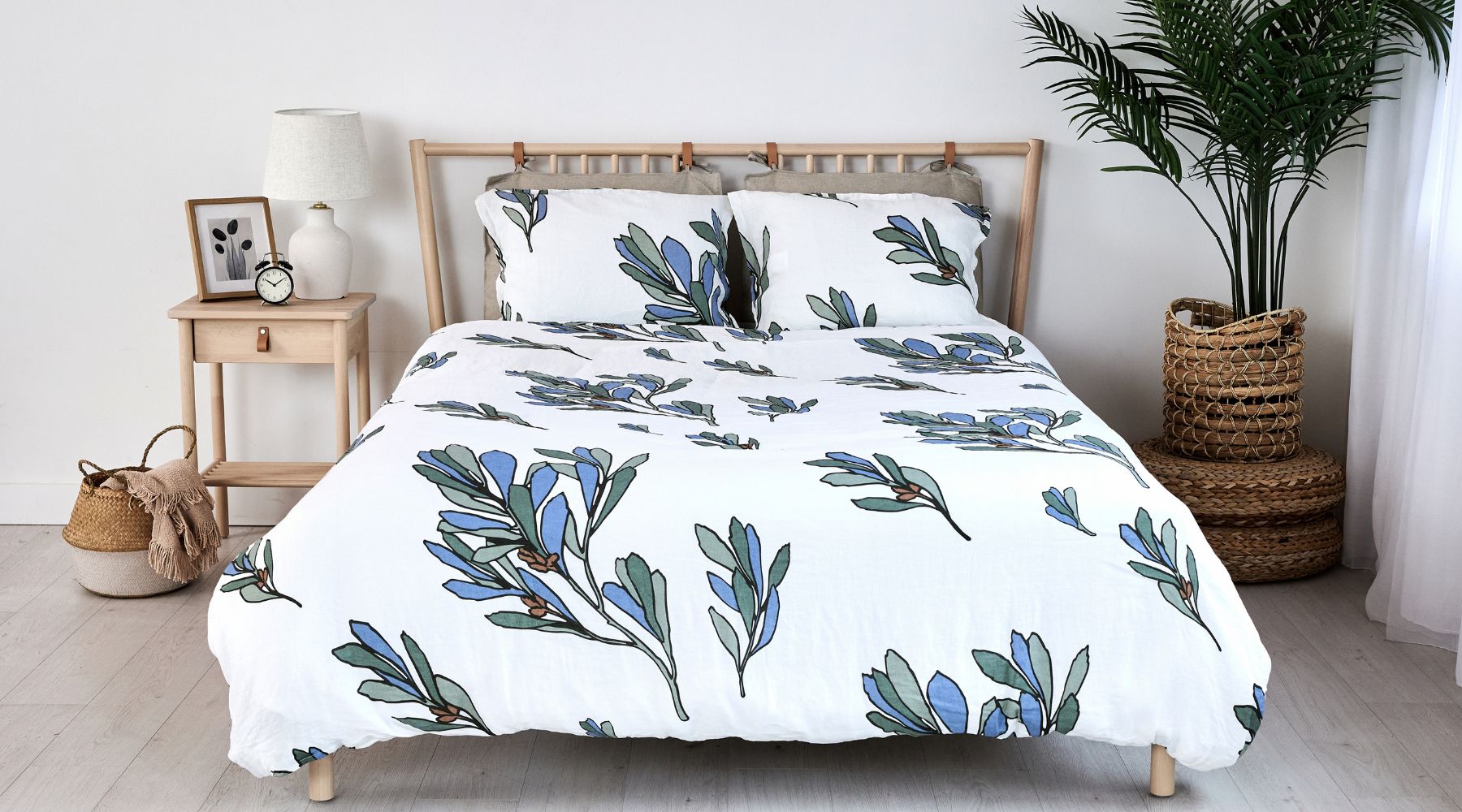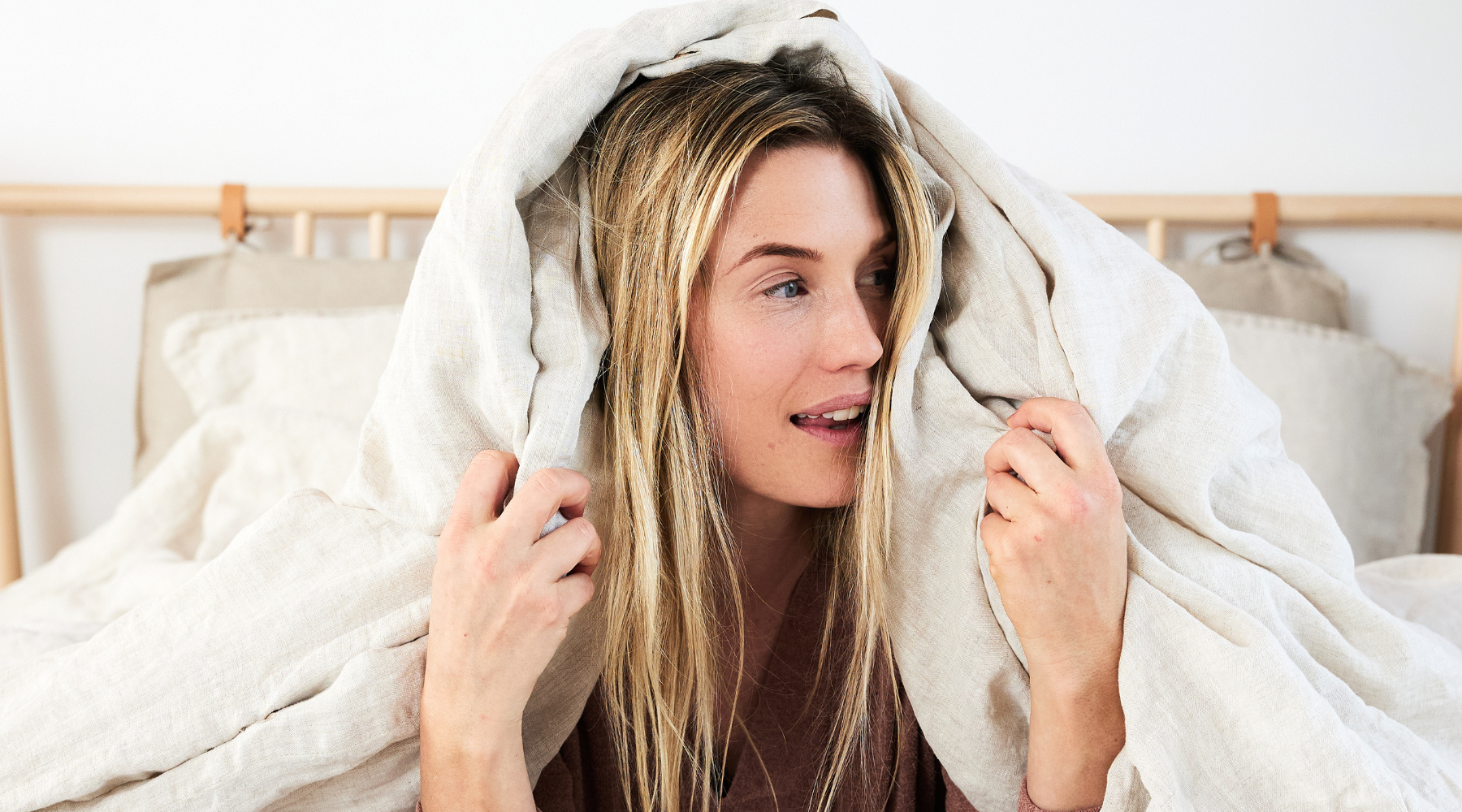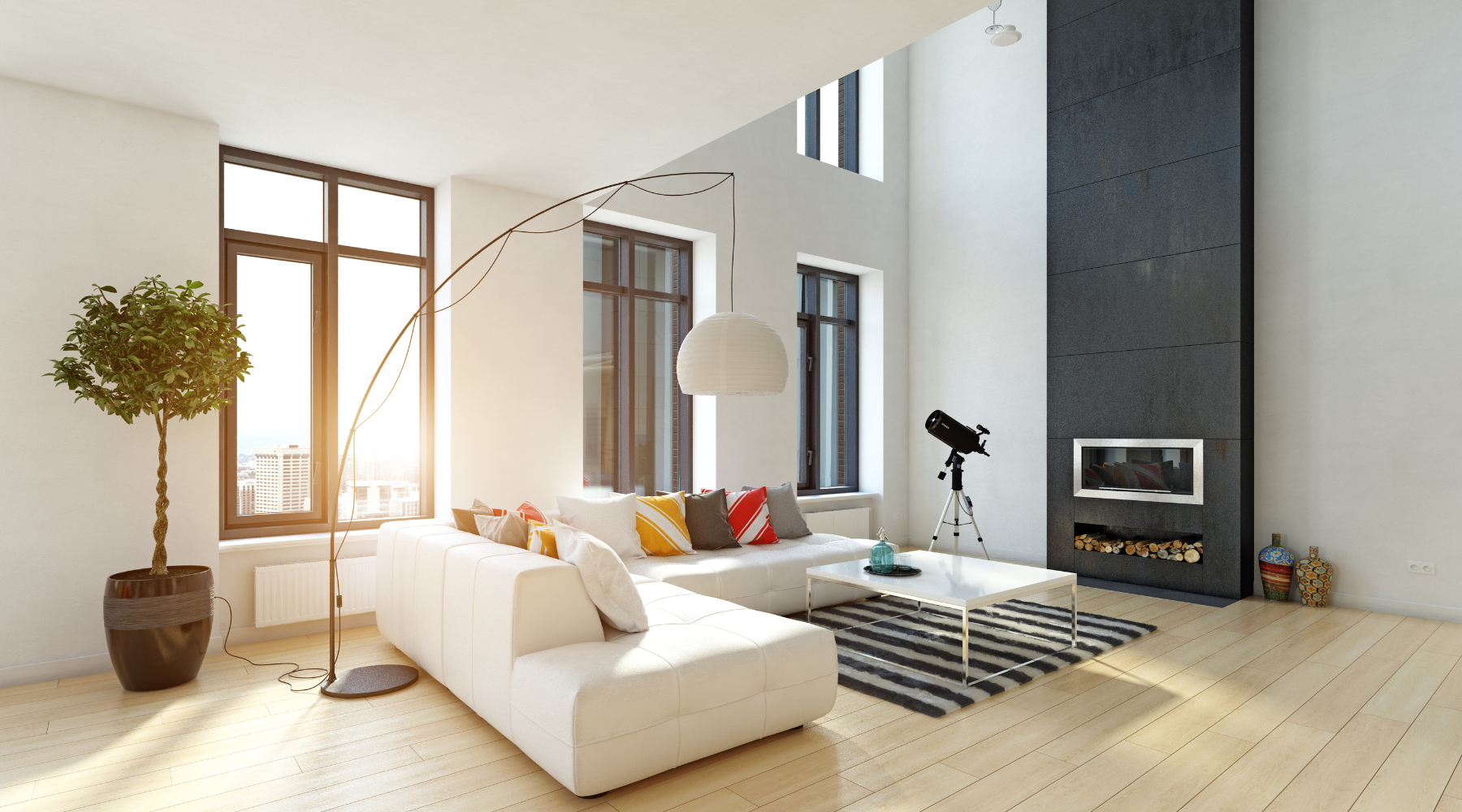
The Danish Art of ‘Lykke’: How Design Influences Happiness
Explore the Danish concept of ‘lykke,’ its impact on Scandinavian design, and how it fosters happiness through simplicity, comfort, and functionality.
What is Lykke?
You’ve probably heard of hygge: that quintessentially Scandinavian feeling of comfort, warmth, and companionship for which there is no English translation. But lykke (pronounced “luuh-kah”) does have a direct translation: it’s the Danish word for happiness.
Happiness, however, is defined differently in different countries: culture, family, and society play a big role in how you pursue it. In the United States, for example, many people still believe in the “American Dream:” that you can find success and happiness through hard work, no matter your background. Generally, Americans believe that happiness is tied to status, wealth, and possessions, and by reaching milestones within those domains—such as buying a house or getting a promotion.
Danes hold very different values to Americans when it comes to the pursuit of happiness. Indeed, the very idea of being in “pursuit” of happiness—immortalized in the United States Declaration of Independence—sums up the difference between these two cultures.
Americans believe happiness is obtained by achieving more—Danes believe it is obtained by properly appreciating what you have. And it seems that Danes are onto something—in last year’s World Happiness Report, currently the best objective measure we have of happiness between countries, Denmark ranked at #2, and the United States at #23.

Meik Wiking, CEO of the Happiness Research Institute in Copenhagen, has made lykke his life’s work. In his 2017 book, “The Little Book of Lykke,” he identified six factors that determine happiness: togetherness, money, health, kindness, freedom, and trust. The first four are directly connected to design, so we’ll be focusing on those—and the many ways in which they find aesthetic expression.
- Togetherness
Togetherness is one of the driving forces behind hygge, so it’s no surprise that it also affects lykke. Food rituals, in particular, bring family and friends together—phone-free time where everyone stops and shares their thoughts about the day. The word “companion,” in fact, originates from the Latin “com” and “panis” meaning “with whom one shares bread.”
Your space can work to foster togetherness—or make it more difficult. In the United States, the rituals of shared eating have been cast aside in favor of TV or even desk dinners. In the living room, most furniture is pointed in the same direction—at the TV. Reposition your furniture to achieve a better balance between viewing and chatting. If you’re lucky enough to have a dedicated dining room—increasingly rare these days—use it! Don’t save it for special occasions; instead, make every day special. Create rituals such as lighting candles before dinner—Wiking writes that a Canadian journalist he spoke to said that family dinners were 15 to 20 minutes longer after he started this Danish-inspired practice. “The candles put the boys in a storytelling mood,” he said. “They don’t just shovel in the food anymore, they sip their wine, they tell us about their day.”

Even if you live in a small apartment, you can encourage conversation by rearranging the chairs around the breakfast bar or coffee table. As well as the rituals of breakfast, lunch, and dinner, why not borrow the tradition of fika (a mid-morning coffee break) from our Swedish neighbors? Any excuse to eat cardamom pastries and drink coffee is bound to boost happiness.
- Money
It’s often said that money does not buy happiness—this is true, but there’s no denying that it can alleviate many causes of unhappiness. Looking at the World Happiness Report, wealth does correlate with higher happiness scores—but only up to a point. Once our basic needs of food, shelter, and healthcare are met, increased wealth provides diminishing returns.
Unlike in the United States, conspicuous consumption is frowned upon in Nordic countries. Wiking says that this is down to Janteloven, or The Law of Jante. Though originally a fictional concept (coined by Danish-Norwegian author Aksel Sandemose in 1933 to describe the invented Danish town of Jante), it has come to describe the Nordic discouragement of boastfulness, a.k.a. “tall poppy syndrome.”
This attitude filters into Scandinavian design, where understated simplicity and minimalism are key. Nordic design pieces are often quite expensive, but not obviously so: money is invested into quality materials and craftsmanship rather than “bling” or flashiness.

- Health
Wiking identifies both physical and mental health as key lykke drivers. Getting out into nature, he says, is important for maintaining mental wellbeing—though it’s not always possible in the middle of the city. For this reason, Scandinavian design finds ways to bring nature indoors, through houseplants or the use of natural materials such as wood and linen.
You’ll also see a lot of nature-themed prints, such as those on our Scandinavian-style duvet covers.
The design of our bedroom can also affect our health. Quality sleep is one of the biggest factors in physical and mental health, so it’s important that your bedroom is set up for that optimal seven to nine hours of sleep. Your bedding plays a key role in how well you sleep; at The Modern Dane, we optimize every aspect of our Scandinavian-style bedding. It’s made from organic European linen, which is hypoallergenic, breathable, and thermoregulating: it keeps you warm when it’s cool and cool when it’s warm.
- Kindness
Being kind is one way to a happy and fulfilled life. This can mean kindness to yourself and other people—but it also means kindness to the natural world. With environmental disasters so often in the news these days, we feel better when we do our bit to help. That’s why our sustainable European duvet covers are made organically and are not just carbon neutral, but carbon negative. The fields in which European Flax is grown act as a giant carbon sink, removing carbon from the air and sequestering it in the earth.
What do you do to boost lykke? Do you agree that interior design can affect happiness? Let us know on Instagram, Pinterest, Facebook or Twitter!






Leave a comment
This site is protected by hCaptcha and the hCaptcha Privacy Policy and Terms of Service apply.